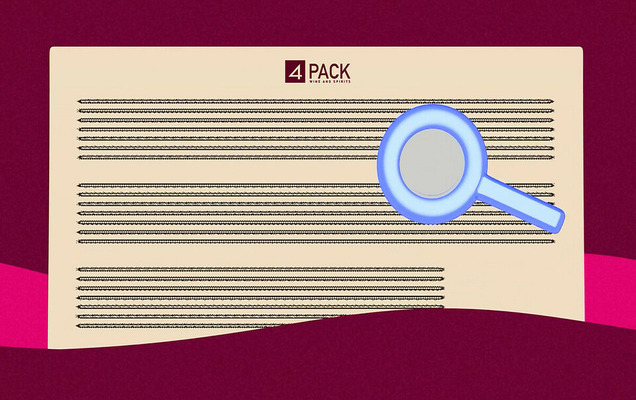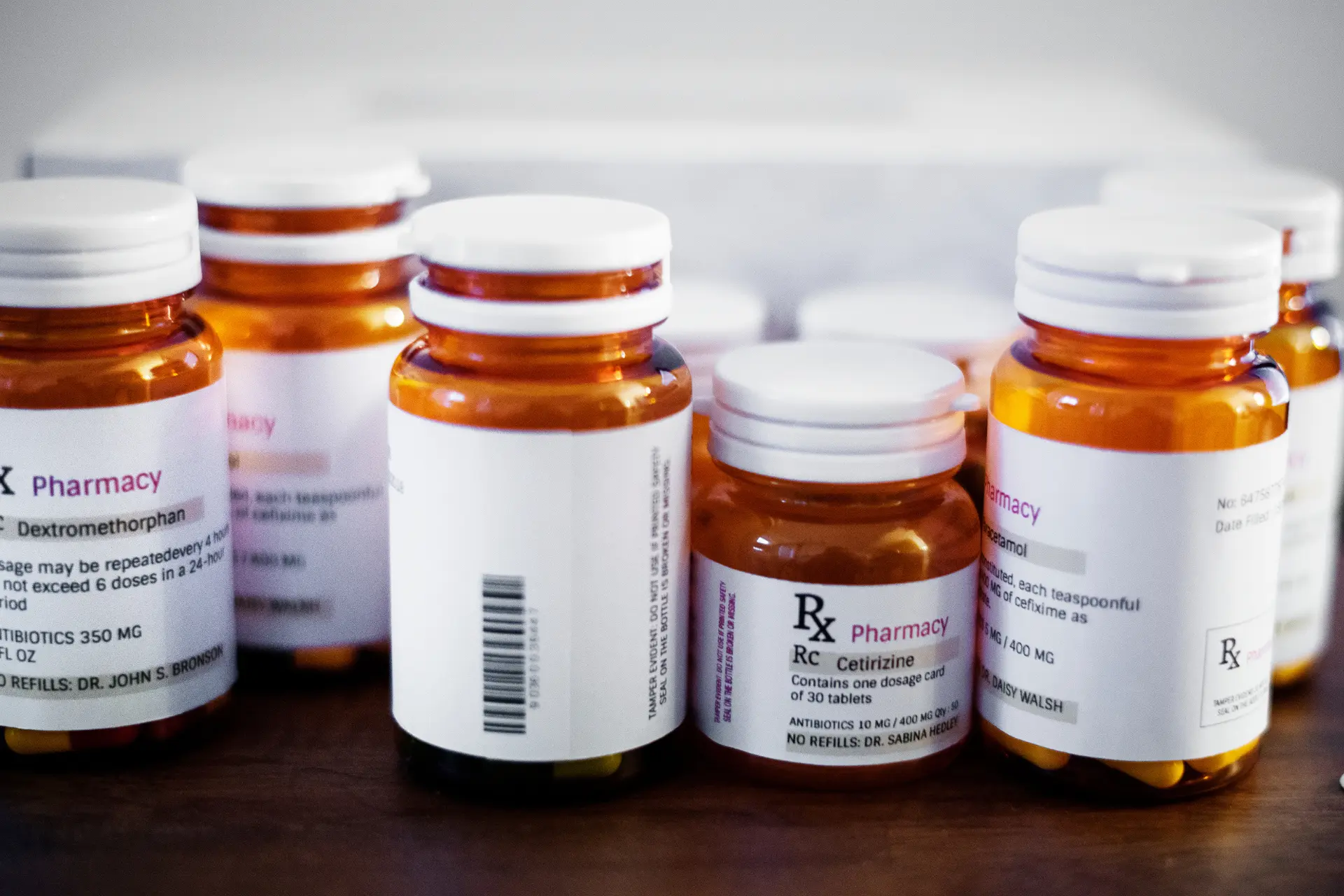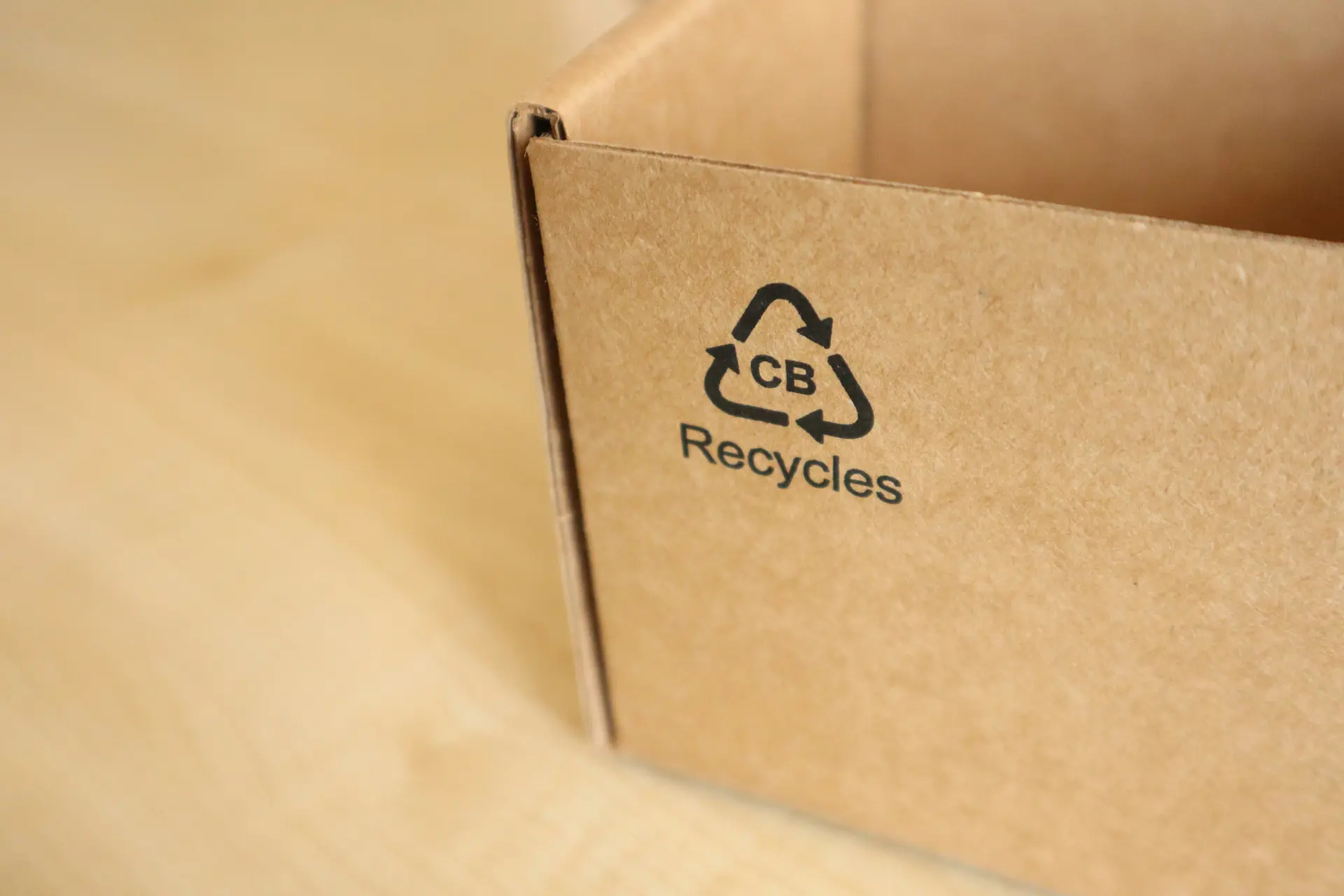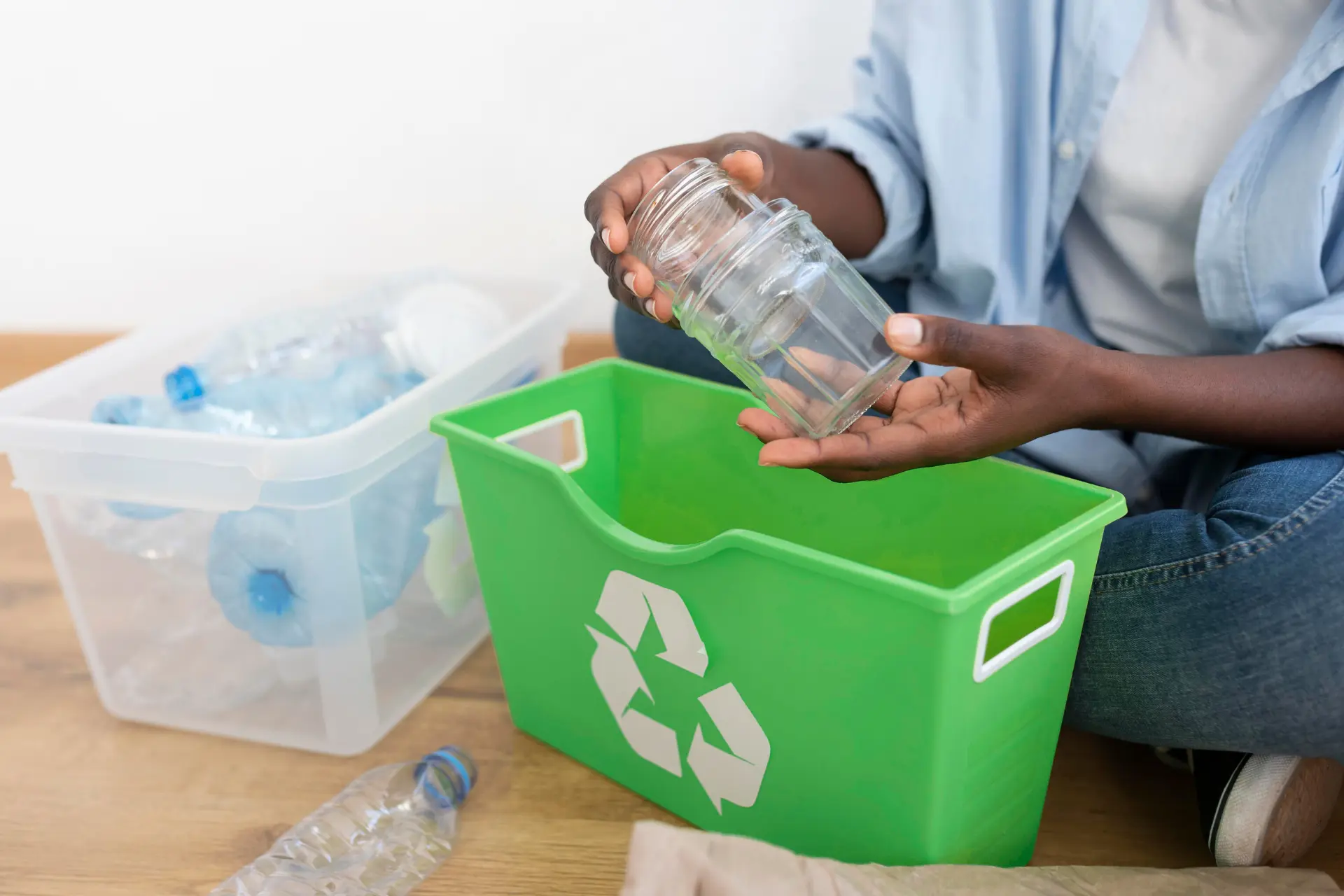Labelling and packaging errors are the primary reason for products being recalled which is costly in both the loss of sales, fines, and damage to brand reputation. Label and artwork errors also account for 28% of product launches being delayed, resulting in product to shelf deadlines being missed and revenues lost.
Product recalls, brand damage and extended time to market are the primary concerns of wine industry, including manufacturers and importers/traders.
Moreover, there is an increasing demand for greater product data visibility and traceability from consumers, governments or due to regulatory changes. The pressures range from customs to food and public health administrations, which can differ across countries and regions, all of which need to be accurately managed onto the wine and spirits labels.
To gain a deeper understanding of how the wine industry perceives these challenges, 4Pack conducted a survey of industry leaders, which consisted of 264 people actively working in wine industry from 40 different countries.
44,3% of the respondents considered “Compliance with regulations” as the biggest label and artwork management challenge of the wine industry. Regulatory changes coming into force in 2023, such as EUs CAP Reform that mandates the inclusion of ingredients lists and the nutritional table and generation of a QR code to ensure all mandatory information is communicated to the consumer and the Deposit Return Scheme (DRS) for producers and importers selling in Scotland are considered the two major compliance challenges.
The survey, conducted in February 2023, encompassed a diverse range of stakeholders from the wine industry, spanning various business areas, including wine producers, importer distributors, traders, retailers, legal/ compliance consultants, marketing and graphic agencies, label printers and packaging companies.
Among the respondents, wine producers constituted the largest group, accounting for 33% of participants who provided their opinions. Of the wine producers, 42% cited compliance with regulations as their greatest challenge. Among importers, distributors, and traders, who are primarily concerned with customs clearance formalities, 55% cited regulatory compliance with respect to labels as the most pressing challenge.
At the consumer end of the supply chain, 63% of the retailers considered increasing the amount of information provided as the largest labelling challenge of the wine industry because the ever-growing conscious consumer demands transparency of product information before making a buying decision.
49% of the respondents with executive management and sales & marketing roles, which made 67% of our sample group, considered compliance with regulations as the biggest labelling challenge. On the other hand, 57% of sommeliers considered increasing information demand of consumers as the biggest challenge.
Details survey results by Business Area:
| Business Area | Compilance with regulations | Involving many contributors | Limited space for lots of data | More info demand of consumers |
| Producers | 42% | 12% | 28% | 19% |
| Importer, Distributor, Traders | 55% | 6% | 20% | 19% |
| Retailers | 25% | 0% | 13% | 63% |
| Consultancies | 50% | 14% | 17% | 19% |
| Marketing & Graphic Agencies | 20% | 20% | 40% | 20% |
| Label Printing & Packaging | 0% | 0% | 0% | 100% |
| Others | 43% | 10% | 29% | 19% |
| ALL | 44% | 9% | 23% | 23% |
Details survey results by Role:
| Role | Compilance with regulations | Involving many contributors | Limited space for lots of data | More info demand of consumers |
| Sales & Marketing | 50% | 9% | 21% | 20% |
| Exec. Management | 48% | 10% | 23% | 19% |
| Production & Logistics | 21% | 5% | 41% | 33% |
| Consultant | 47% | 10% | 17% | 27% |
| Sommelier | 29% | 14% | 0% | 57% |
| Graphic Designer | 33% | 33% | 33% | 0% |
| Other | 57% | 0% | 14% | 29% |
| ALL | 44% | 9% | 23% | 23% |
In response to the adverse effects of inadequately managed artwork and labeling processes, leaders in the wine industry are introducing digital technologies to help overcome these increasing pressures and demands.
Moving to a digital way of working and embedding a (e)label and artwork management solution, not only guarantees regulatory conformity but also decreases operational expenses through more efficient management of teams, product data, assets, labels and artworks. This is achieved by centralising product information, controlling the validation process, ensuring version control, and enabling (internal and external) business teams to collaborate, which reduces the time to market, eliminates labelling errors and provides accurate product information that can be used for both regulatory and marketing requirements.
Retailers and ultimately consumers are invested in receiving compliant, accurate and transparent products, this builds brand trust, drives sales, and mitigates the risk of a costly product recall or production delay. Retailers will take a preference to producers that have robust regulatory, label and artwork management processes in place because they will be compliant, will meet the demands of information hungry consumers and will not have product launch delays due to label errors.
Get in touch to find out how 4Pack Wine & Spirits supports the industry to tackle these challenges through a right first time (e)label and artwork management digital way of working: contact@4-pack.com



